When users report jaw fatigue shortly after experiencing taste alteration, is it merely a coincidence, or could it signal an underlying flaw in product design or material selection? For manufacturers supplying oral care devices or whitening systems, it is essential to explore this connection thoroughly to protect both consumer safety and brand reputation.
Jaw fatigue refers to muscle soreness, stiffness, or tension felt in the jaw area during or after use of an oral care device. This can arise from:
In B2B manufacturing, minimizing ergonomic strain should always be a priority in product development.
Taste alteration is a common but often overlooked complaint linked to oral care products. Contributing factors include:
Persistent taste changes can erode user confidence and generate negative reviews. Company web:https://www.powsmart.com/product/electric-toothbrush/
Though seemingly unrelated, jaw fatigue and taste alteration can share common causes:
These overlapping risk factors indicate the need for integrated quality control in both design and production.
Manufacturers should pay attention to several critical design and material choices:
Small design upgrades can drastically reduce the risk of both issues occurring together.
To address and prevent these challenges:
Proactive quality assurance helps strengthen OEM/ODM partnerships and boosts client confidence.
If reports of jaw fatigue and taste alteration arise:
A swift, data-driven response positions manufacturers as responsible and quality-focused partners.
Conclusion
When jaw fatigue and taste alteration occur together, manufacturers should not dismiss it as coincidence. Instead, it’s an opportunity to re-examine design, materials, and production processes. By taking proactive steps, brands can deliver safer, more comfortable, and more reliable oral care solutions for global markets.Contact us
.jpg)
.jpg)
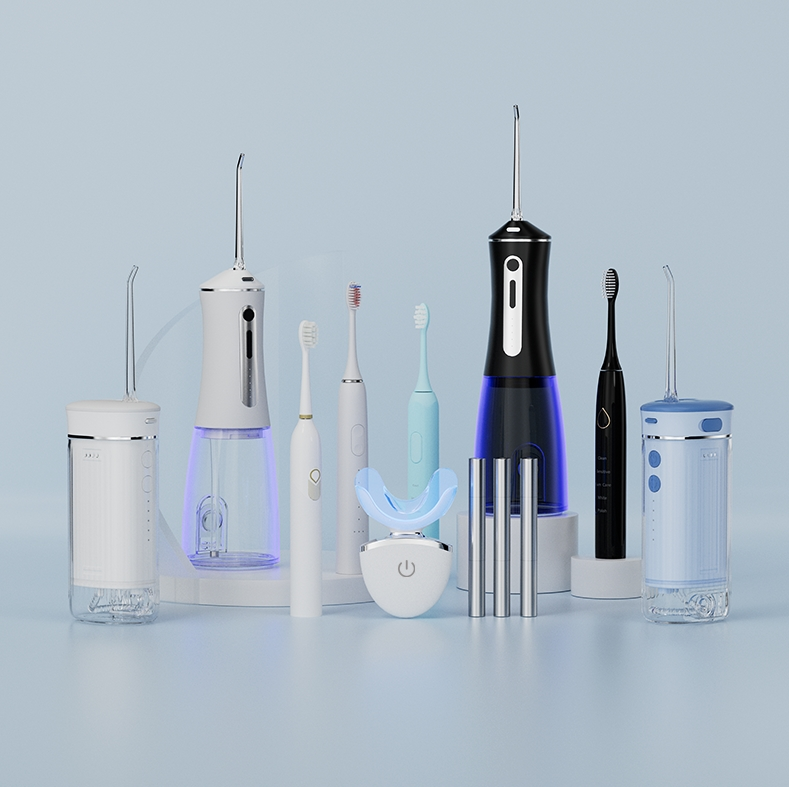
Common Electric Toothbrush Issues & How Factories Can Prevent Them
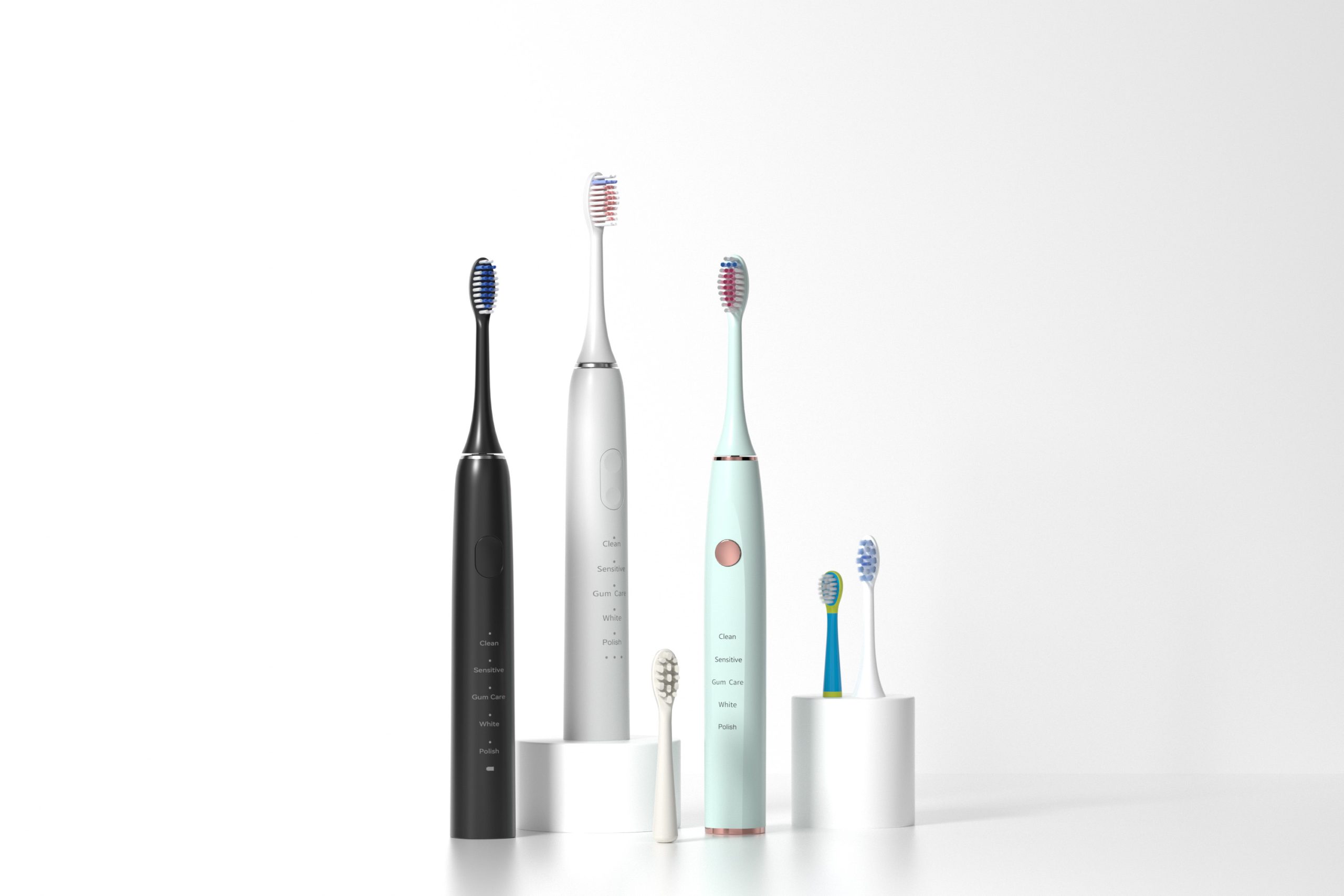
San Diego Military-Grade Durable OEM Electric Toothbrush Suppliers
.jpg)
Executive Diwali gift or Status symbol toothbrush — what truly impresses?

Oral Care Products CPSR Material List: Ensuring Safety and Compliance
.jpg)
Where can you find a Texas Christmas gift that promotes healthy smiles?
Enamel Wear from Overbrushing Habit – Reversible?
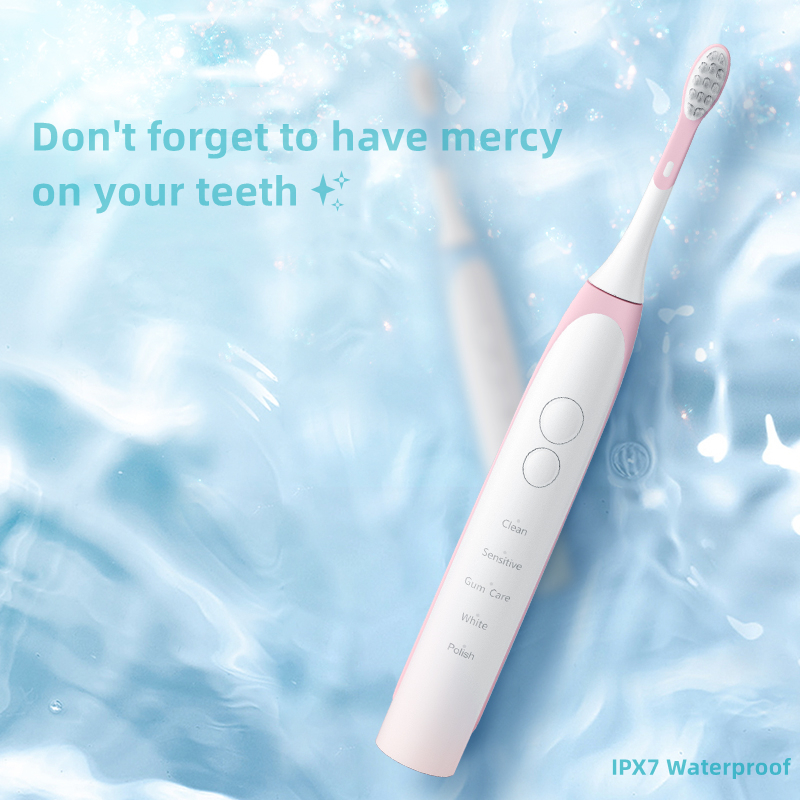
How Does Powsmart Brush Technology Make This Safety Children Brush Choke-Proof?
Electric Toothbrush Price Comparison for Home Maker

How to Deal with the Electric Toothbrush That Automatically Starts Up?
.jpg)
What Are Typical Electric Toothbrush Delivery Lead Time and Electric Toothbrush Payment Terms?

Brushing Blindly? Smart Dental Coach + Pressure Sensor Tech Reveals Hidden Plaque!
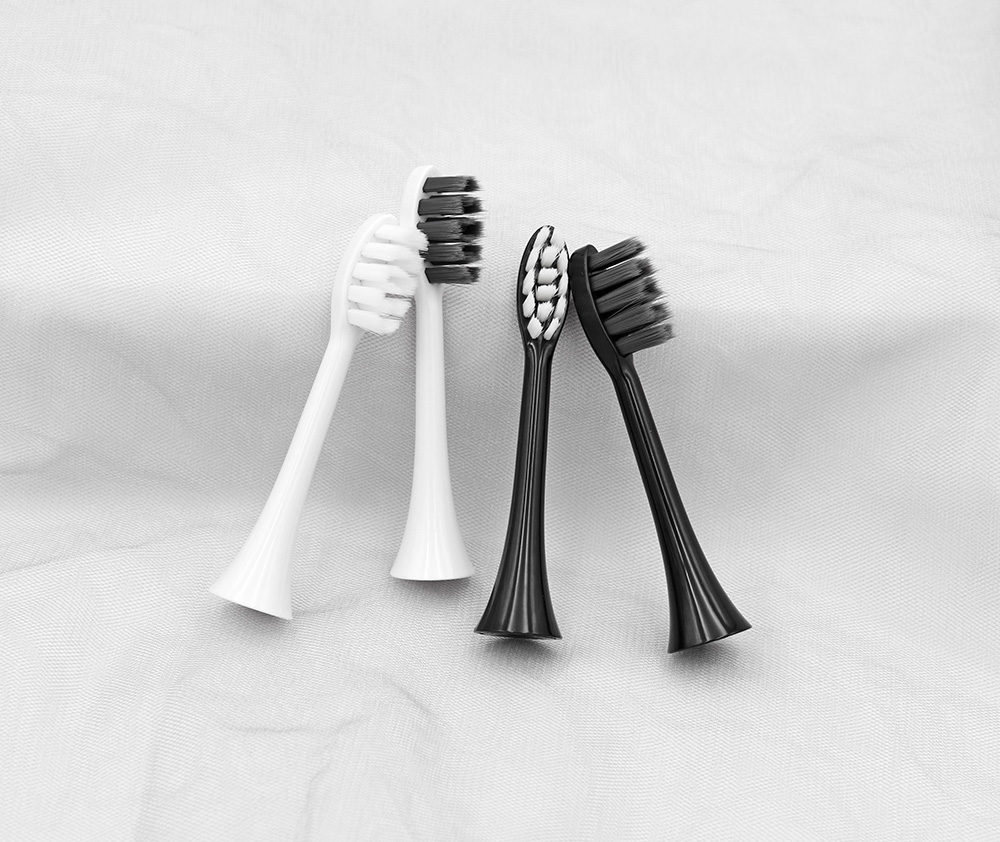
Electric Toothbrush Subscription Services: A Guide for OEM Suppliers & Brands
.jpg)
Can a sonic toothbrush manufacturer also provide UV toothbrush sanitizer?
.jpg)
Benefits of Travel-Friendly Water Flosser Design
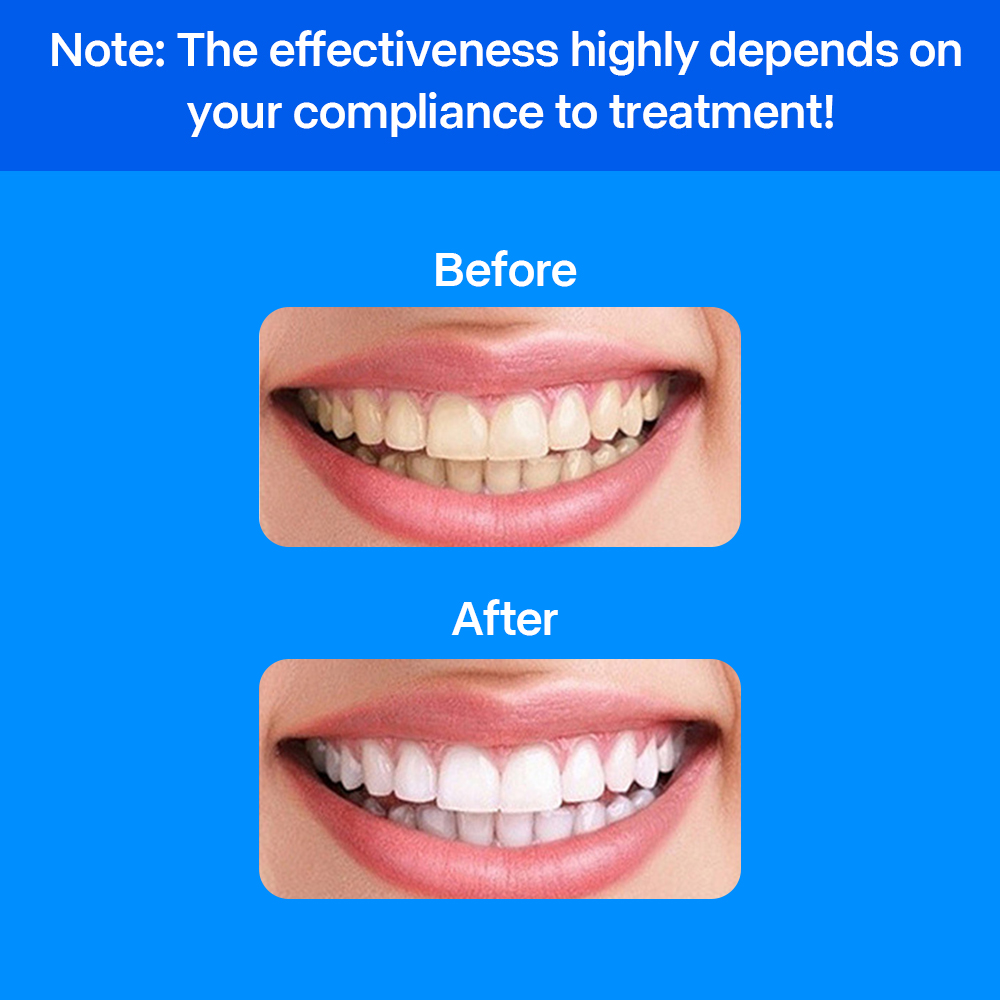
Different Ways to Whiten Teeth

Key Factors Affecting Electric Toothbrush Cleaning Performance

Private Label Whitening Gel

Electric toothbrush heads Charcoal Infused-Diamond

electric toothbrush heads Ultra Soft

electric toothbrush heads Regular Clean
.jpg)
Florida Electric Toothbrush – Powsmart PTR-C8

electric toothbrush heads Charcoal Infuse-Round

electric toothbrush heads Deep Clean

Customization Teeth Whitening Gel
whstapp
whstapp
National Toll-Free Service Hotline
+86 755 86238638